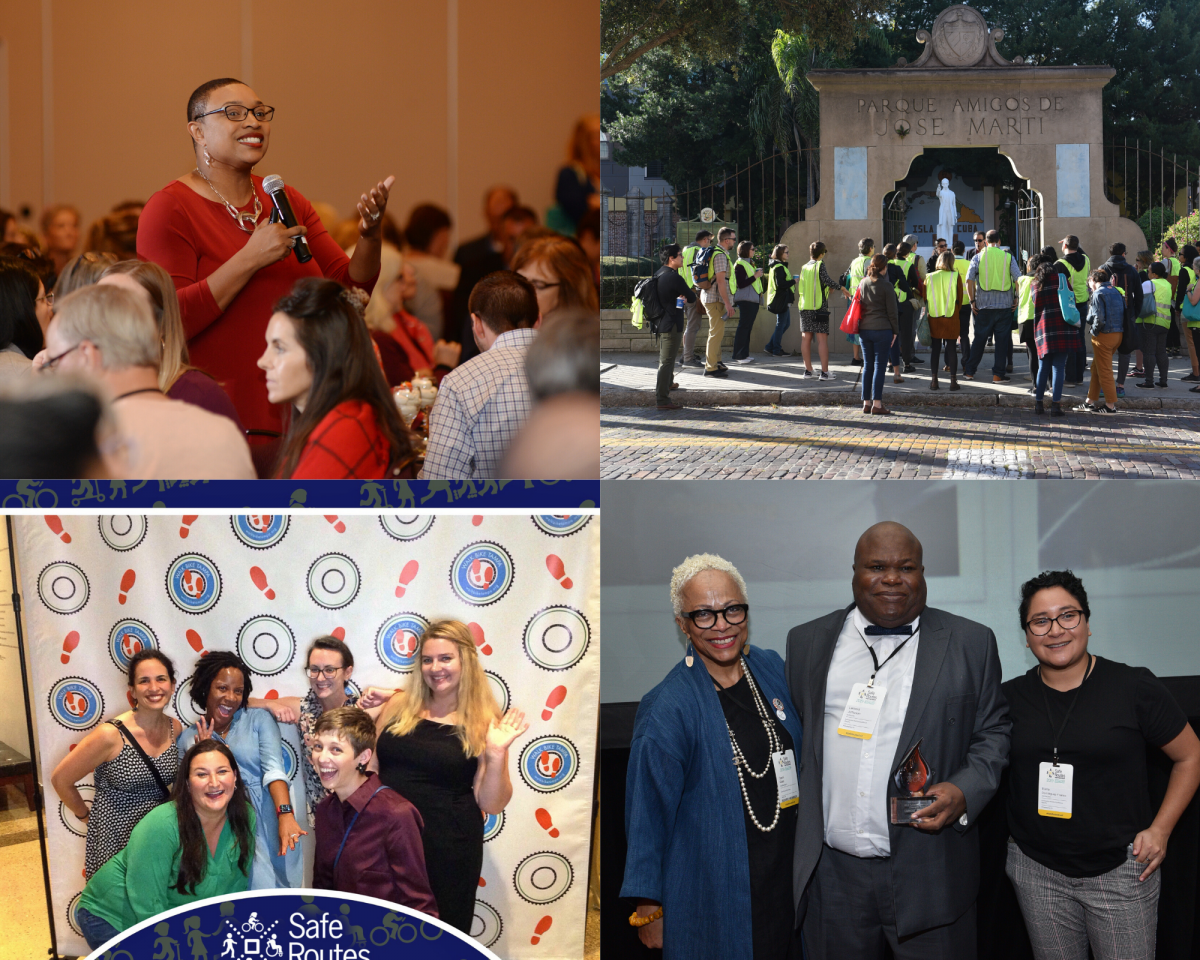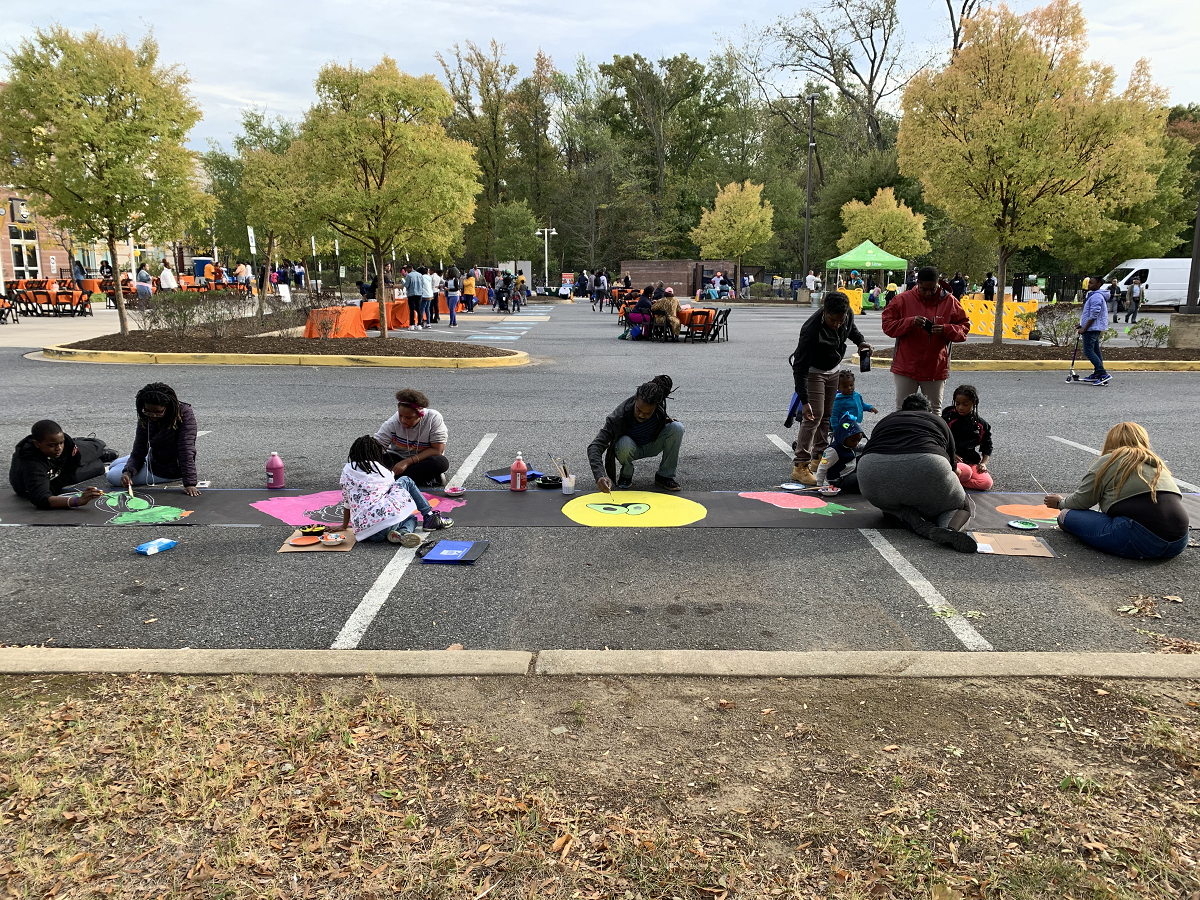Portland Family Separated on the Way to School: Why School Zones Must Be Designated Safe Zones
Resource Library
A guide on how to continue keeping your kids active and safe by biking and walking during COVID.
A manual on how to remain safe while using the SPPS Bike Fleet. All information is in accordance with the Minnesota Department of Health and CDC Guidelines.
A helpful information pamphlet on how the Safe Moves Harness works and precautions to take while using it.
This webinar provides an introduction to starting and growing a strong Safe Routes to School program in Colorado. You will gain ideas for activities you can implement within your community right away, as well as for developing an overall framework for your program.
This factsheet offers a snapshot of a tool to help park advocates engage stakeholders and gather data in support of safe, equitable park access: Health Impact Assessments.
Community advocates can help bring plans to life. While there are many ways that neighbors and residents can help to improve safe, equitable park access, this fact sheet provides four examples of how community advocates can participate in the implementation of Safe Routes to Parks efforts and highlights stories of advocates using these strategies.
Whether people are shopping at a supermarket or corner store, getting food from a food pantry, eating at a local restaurant, or picking up produce at a farmers market or community garden, everyone needs a safe and reliable way to get to the places where they obtain foods.
We are pleased to announce that Congressman Anthony Brown (D-MD) has joined with seven other House Democrats (Reps. Brownley-CA, Espaillat-NY, Lipinski-IL, Cohen-TN, Huffman-CA, Titus-NV, and Carson-IN) to introduce the Safe Routes to School Expansion Act, HR 5891.
The legislation proposes making several improvements to the Highway Safety Improvement Program (HSIP), which is funded at nearly $2.4 billion per year. The bill would:
Today, Democratic leadership in the US House of Representatives unveiled a $760 billion infrastructure package called “Moving America and the Environment Forward.” It is an outline of legislation the House plans to take up in the coming months, including surface transportation, broadband, drinking water, airports, and waterways.
This report provides an overview of the state of Safe Routes to School programming in the United States and a high-level assessment of challenges, innovations, and opportunities for Safe Routes to School programs.
 As we celebrate our holidays, the end of a decade and the prospects that lie ahead I am especially grateful for our community this year and the opportunity we had to gather in person at the Safe Routes to School National Conference in Tampa, FL.
As we celebrate our holidays, the end of a decade and the prospects that lie ahead I am especially grateful for our community this year and the opportunity we had to gather in person at the Safe Routes to School National Conference in Tampa, FL.
Our Educator Guide helps interested teachers and after-school program providers easily integrate Safe Routes to Schools lessons into their curriculum.
This tool is designed to help school board members, administrators, families of students, and community members create and implement district policies that support active transportation and Safe Routes to School programs.
Safe Routes to School improves sidewalks and street crossings and creates safe, convenient, and fun opportunities for children to bicycle and walk to and from school. The CDC has recognized Safe Routes to School as one of a handful of programs that are cost-effective and show significant population health impacts within five years.
Late last week, Congress passed a bill to continue funding the federal government agencies and programs until the end of December, giving them several more weeks to keep negotiating on spending levels. Also included in that bill, which President Trump signed into law, was language to cancel the pending transportation rescission. As we have discussed a few times in recent months, this $7.6 billion rescission would have likely taken more than one year’s funding away from the Transportation

We continue to feel inspired and energized by the Safe Routes to School National Conference. Thank you to everyone who traveled to Tampa to join us, and for sharing your knowledge, challenges, and ideas over the past 3 days. If you missed the conference, we're pleased to share a recap of highlights.
Day One
Three months ago, the Senate Environment and Public Works Committee passed its transportation reauthorization bill, the America’s Transportation Infrastructure Act of 2019, which included significant funding increases and policy improvements for biking and walking. Unfortunately, we have seen no further movement in the Senate yet, and the bill must still pass through three more Senate committees before it can be voted on.
It's the all-important end of the federal fiscal year, so we have a lot to report on for how states are handling their Transportation Alternatives Program (TAP) funding. We always see a lot of activity in the last quarter of a fiscal year, but this year we saw more than usual because states are preparing for an impending rescission.

